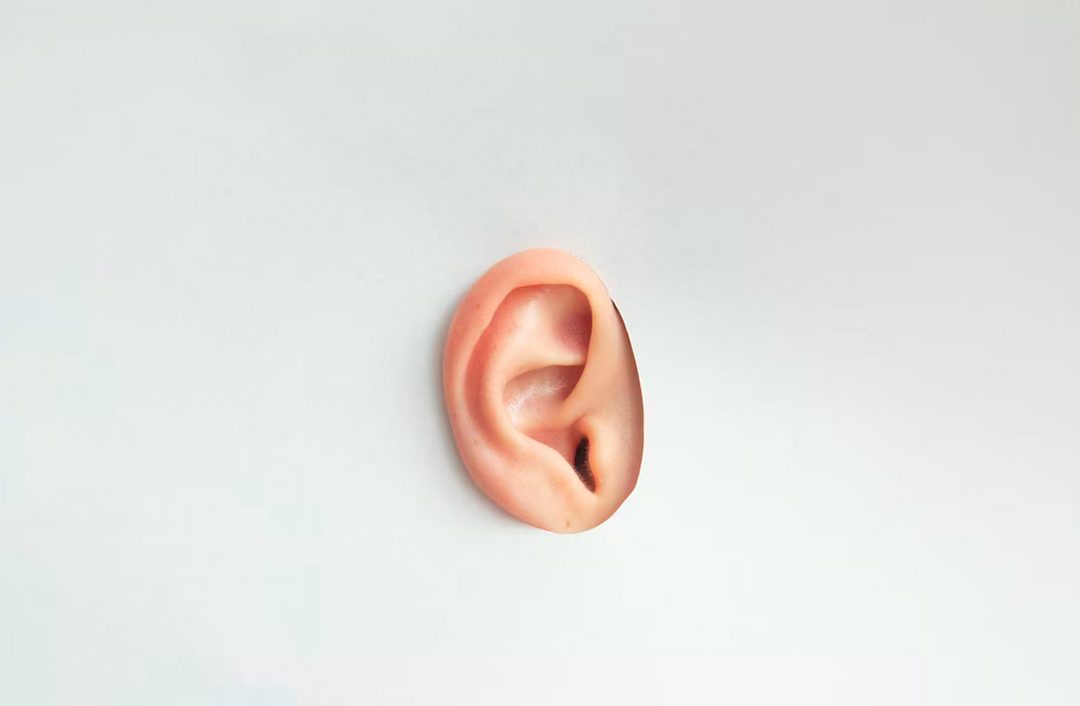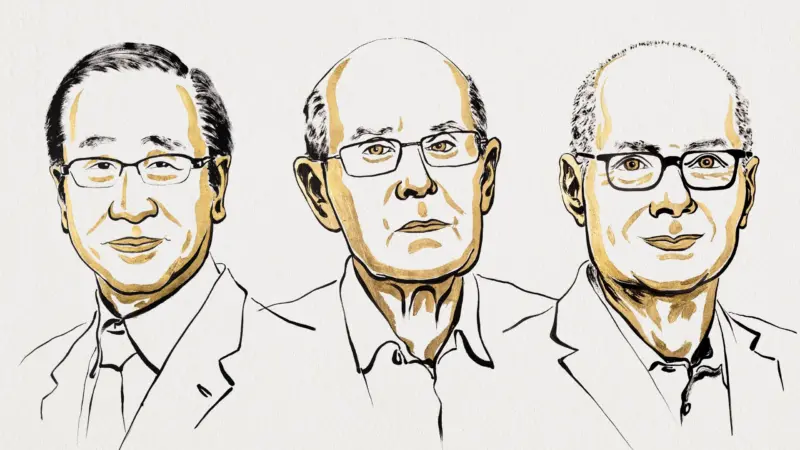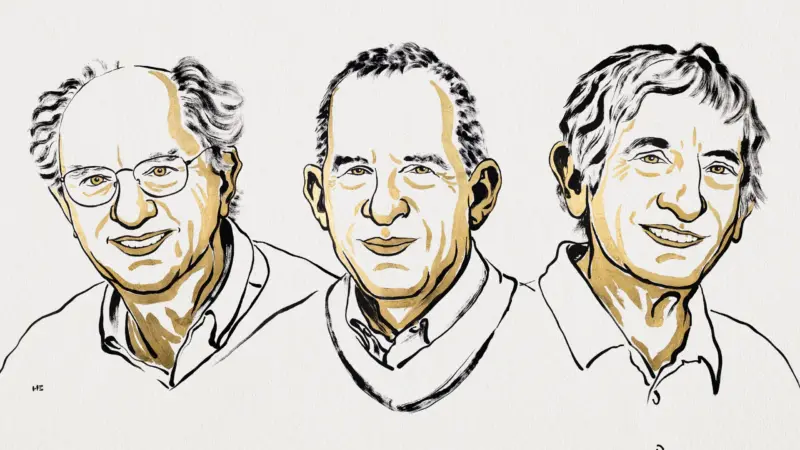Restoring Hearing: Research Shows Regeneration of Hair Cells Possible

Hearing loss is a major health issue that affects millions of people around the world. It is estimated that 48 million Americans and 430 million people globally are affected by this condition. The numbers are expected to rise as the population ages. The majority of those affected have sensorineural hearing loss. This condition is caused by damage to the inner ear and the destruction of the hair cells responsible for relaying sound to the brain.
Unfortunately, unlike other cells in the body, hair cells in the inner ear cannot divide. Also, other inner ear cells cannot convert themselves into new hair cells. This means that hearing loss in humans is permanent and effective treatments have been hard to come by. However, a research team from Harvard Medical School’s Mass Eye and Ear may have found a solution.
Led by Zheng-Yi Chen, the team has developed a drug-like cocktail of different molecules that successfully regenerated hair cells in a mouse model by reprogramming a series of genetic pathways within the inner ear. This breakthrough, published in the PNAS, could one day lead to clinical trials for a gene therapy that can be administered to people with hearing loss.
Chen is optimistic about the potential of this discovery. He said:
“These findings are extremely exciting because throughout the history of the hearing loss field, the ability to regenerate hair cells in an inner ear has been the holy grail. We now have a drug-like cocktail that shows the feasibility of an approach that we can explore for future clinical applications.”
A Novel Method to Treat Hearing Impairment
This is a remarkable breakthrough in science. The research team led by Chen studied Zebrafish and chickens to uncover the pathways responsible for inducing the cell division. The division is required to regenerate new hair cells. They discovered that two molecular signaling pathways — Myc and Notch — were crucial to this process.
In 2019, the team showed for the first time that when these pathways were activated in adult transgenic mice, remaining inner ear cells could divide and develop characteristics of hair cells. The new cells contained transduction channels. These channels relay sound signals and the ability to form connections with auditory neurons — processes essential to hearing.
However, such an approach was not directly translatable to people. Unlike transgenic mice, humans cannot have Myc and Notch pathways turned on like a light switch. To activate the pathways, a drug therapy had to be introduced to the inner ear. Previous studies have shown that a chemical compound called valproic acid can activate Notch. However, no molecule exists to effectively activate Myc.
To overcome this challenge, the researchers looked for drug molecules that can alter the downstream pathways that turn on and off when Myc is activated. Through single-cell RNA sequencing, they discovered that activating Myc and Notch led to a downstream effect in which two other pathways, Wnt and cAMP, became activated. They then found chemical compounds that can directly activate Wnt and cAMP.
Gene Therapy Approach for Hearing Restoration
Gene therapy has the potential to revolutionize the treatment of incurable conditions like hearing loss. The recent research was selected as one of the Disruptive Dozen gene and cell therapy technologies most likely to have a significant impact on health care. To accelerate the pace of progress, Mass General Brigham has launched its Gene and Cell Therapy Institute.
Dr. Chen and his team are conducting ongoing studies and refinements to this treatment approach in larger animal models. This is necessary before applying to initiate clinical trials. They are also examining different gene therapy and surgical methods.
Dr. Chen is hopeful that this combination of a surgical procedure with a refined gene therapy delivery method will bring a new treatment into the clinic. He notes that more research is needed to address limitations and challenges for delivering a treatment to the inner ear. However, with the promise of gene therapy, he is optimistic that a new treatment for hearing loss is on the horizon.
We are frequently contacted by individuals with hearing loss who are in urgent need of effective treatments. Our number one goal is to bring a new treatment into the clinic, and we believe that by combining a surgical procedure with a refined gene therapy delivery method, we can achieve this goal.
Dr. Chen






